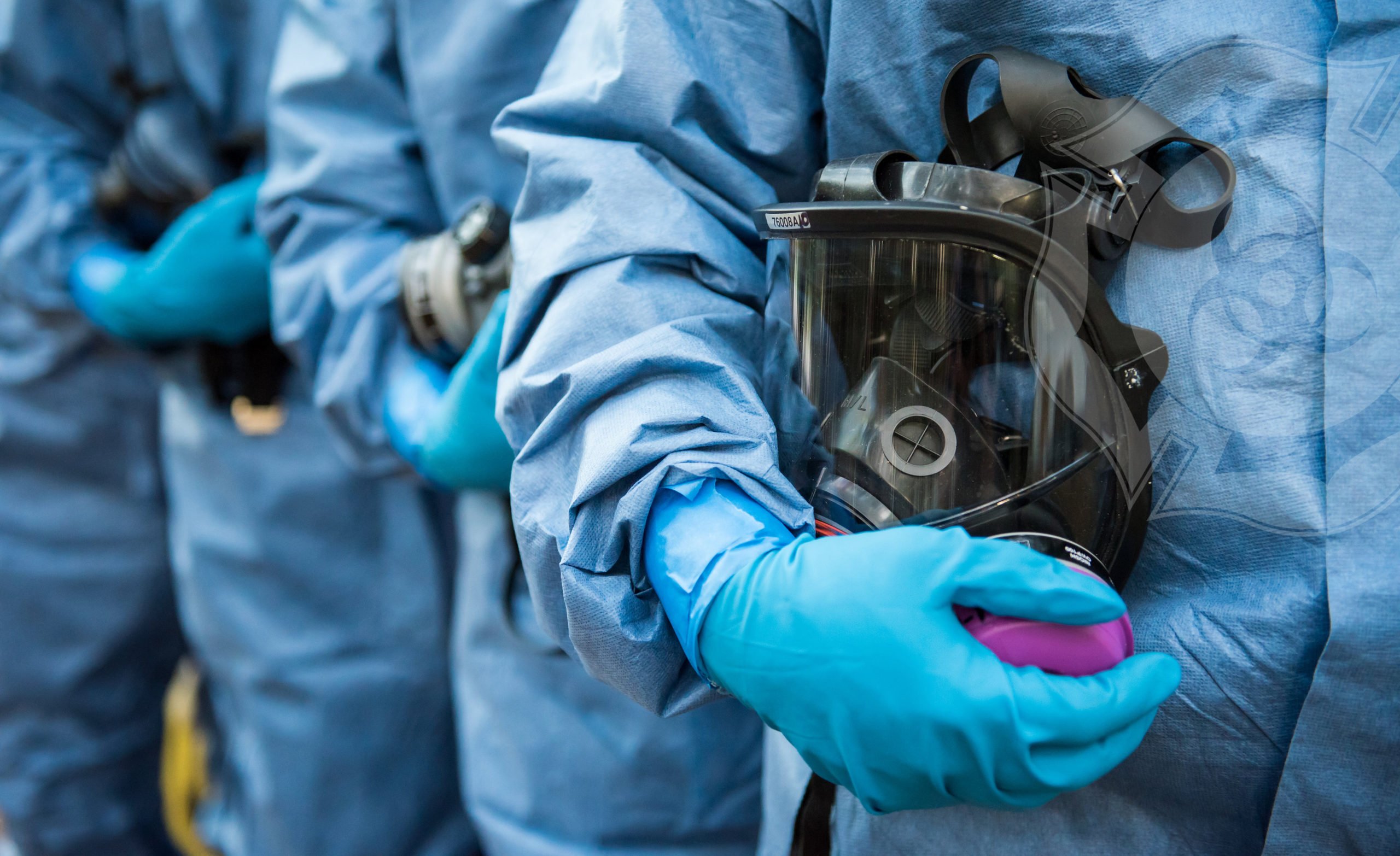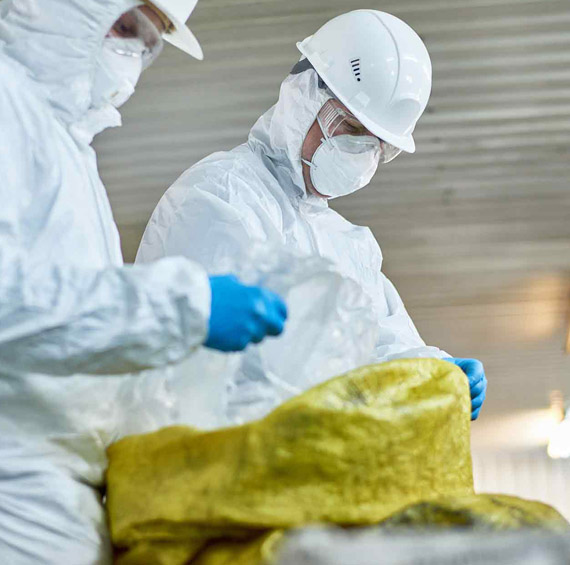Professional Biohazard Cleaning for Crime Scenes, Injury Incidents, and Contaminated Areas
In the realm of expert biohazard clean-up, thorough attention to detail and adherence to safety and security protocols are vital. When confronted with the aftermath of a crime scene, trauma case, or any infected room, the importance of appropriate cleanup can not be understated. The threats and complexities linked with biohazards require specialized knowledge and proficiency to guarantee reliable removal. As we explore the ins and outs of biohazard clean-up for these delicate environments, a much deeper understanding of the obstacles and important treatments included will arise, shedding light on the crucial duty of professional cleaning services in restoring safety and security and comfort.

Relevance of Biohazard Cleanup
Biohazard cleaning following criminal offense scenes and injury incidents is vital for ensuring the security of people and the environment. When these occurrences occur, they commonly leave behind a variety of biohazards such as blood, physical liquids, and various other potentially infectious products. These materials can nurture dangerous microorganisms like viruses and germs, posing significant health and wellness risks otherwise correctly cleaned up and sanitized.
Expert biohazard cleaning services are educated to take care of these unsafe materials securely and successfully. They have the required equipment, such as personal safety equipment and specialized cleaning representatives, to thoroughly sanitize the impacted locations. By leaving the cleaning to qualified specialists, individuals can stay clear of direct exposure to damaging virus and avoid the spread of infectious diseases.
In addition, correct biohazard cleanup is important for safeguarding the setting. Improper disposal of biohazardous materials can infect soil, water sources, and air, posturing a hazard to wild animals and the environment. By complying with rigorous clean-up procedures, experts can make certain that biohazards are securely eliminated and taken care of in conformity with policies, reducing the risk of environmental contamination.
Types of Biohazards Encountered
Different harmful materials frequently come across in criminal offense scenes and injury occurrences present substantial health and wellness risks if not dealt with appropriately. Blood and physical liquids are amongst the most common biohazards found in these situations.
One more kind of biohazard typically come across is sharp objects like needles, broken glass, and various other items that can create injuries and transfer infections. Chemical dangers are likewise a worry, as crime scenes may include substances like tear gas, pepper spray, or drug manufacturing materials that require specialized handling and disposal procedures to stop further harm.
In addition, mold and bacteria growth can happen precede where decay or extended exposure to moisture has happened. These bacteria can launch toxins and irritants into the air, posturing respiratory dangers to those subjected. On the whole, biohazard clean-up professionals have to be experienced and well-appointed to effectively handle these different kinds of unsafe products to guarantee the safety and security of themselves and others.
Devices and Safety Equipment
When attending to the critical task of managing biohazards encountered in crime scenes and trauma cases, the use of appropriate tools and safety gear is vital to ensuring the security of individuals associated with the cleanup process. Personal protective equipment (PPE) such as handwear covers, goggles, masks, and coveralls are necessary to stop straight contact with potentially dangerous substances. Respirators are vital when managing biohazards that might end up being airborne, shielding employees from inhaling unsafe bits. Specialized cleaning devices like biohazard sharps, disinfectants, and bags containers are essential for the risk-free collection and disposal of infected materials. In addition, durable equipment such as industrial-grade cleansing agents, foggers, and ozone generators might be needed to thoroughly sanitize the damaged location. Making sure that all devices is correctly maintained, regularly examined, and utilized according to safety and security standards is vital in minimizing the danger of exposure to biohazards throughout cleaning operations.
Cleanup Process and Strategies
Comprehensive and efficient cleaning of biohazardous materials from criminal offense scenes and trauma incidents requires meticulous attention to information and adherence to strict safety methods. The clean-up procedure usually includes a number of essential steps.
Complying with the removal of biohazardous materials, the affected location undergoes a comprehensive cleansing and sanitation procedure. This action Web Site includes the use of specialized cleaning up agents and equipment to make sure that all traces of contamination are removed. After cleaning, the location is subjected to strenuous testing to verify that it is safe and free of any continuing to be biohazards.

Decontamination and Disposal Procedures
To ensure comprehensive decontamination and appropriate disposal of biohazardous products, following the thorough cleaning procedure, particular procedures have to be meticulously adhered to with rigorous adherence to security protocols. Decontamination entails the elimination or neutralization of impurities to minimize the danger of exposure and spread of harmful substances. This process normally consists of cleaning, disinfecting, and sterilizing the afflicted location making use of specific devices and EPA-approved chemicals.
Once purification is completed, appropriate disposal of biohazardous materials is crucial to stop additional contamination or harm. Biohazardous waste, such as bodily liquids or blood-soaked products, should be very carefully accumulated, packaged, and classified according to regulative guidelines. ATP testing. These materials are then transported to certified centers for disposal with suitable channels, guaranteeing compliance with local, state, and government regulations

Verdict
Finally, professional biohazard clean-up is crucial for ensuring the effective and safe elimination of harmful materials from crime scenes, injury cases, and polluted spaces. By making use of specific equipment, protective gear, and following appropriate clean-up processes and methods, biohazard clean-up groups can properly decontaminate and dispose of biohazards, reducing the danger of direct exposure and injury to individuals and the atmosphere.
As we delve into the details of biohazard clean-up for these see this sensitive atmospheres, a much deeper understanding of the challenges and essential procedures involved will certainly arise, shedding light on the indispensable duty of expert cleanup solutions in recovering safety and tranquility of mind.
Expert biohazard cleanup solutions are educated to manage these dangerous products safely and effectively. By following rigorous clean-up protocols, specialists can make certain that biohazards are safely gotten rid of and disposed of in conformity with regulations, minimizing the risk of ecological contamination.
Generally, biohazard clean-up professionals need to be well-appointed and trained to effectively deal with these different kinds of hazardous materials to make certain the safety of themselves and others.
When attending to the critical job of dealing with biohazards encountered in criminal offense scenes and injury events, the application of proper tools and protective equipment is extremely important to ensuring the safety of people included in the clean-up process.
Comments on “Hoarder Cleanup Providers: Mending Order and Safety And Security in your house”